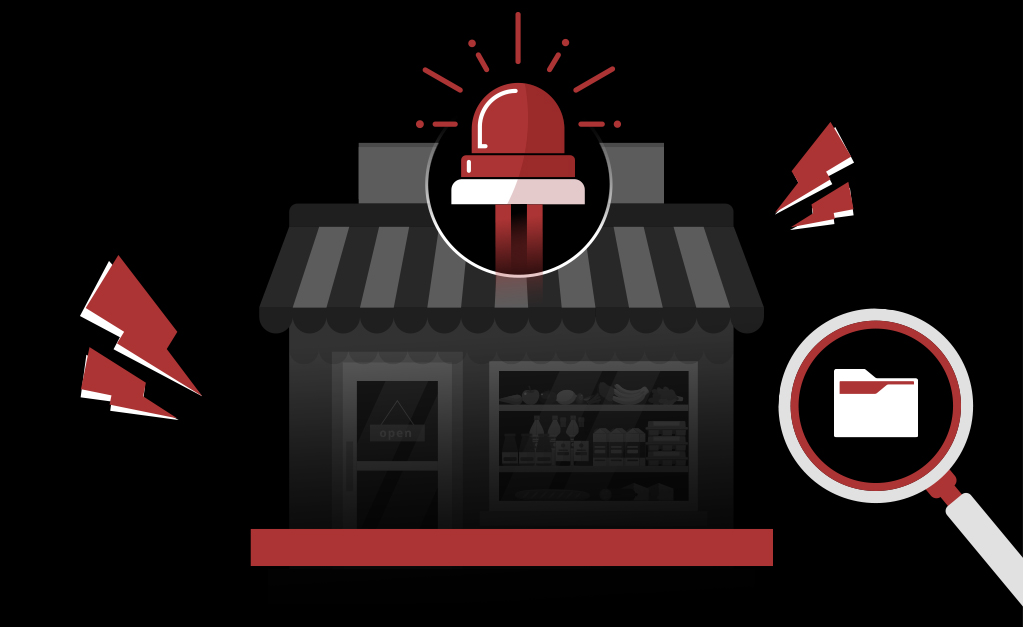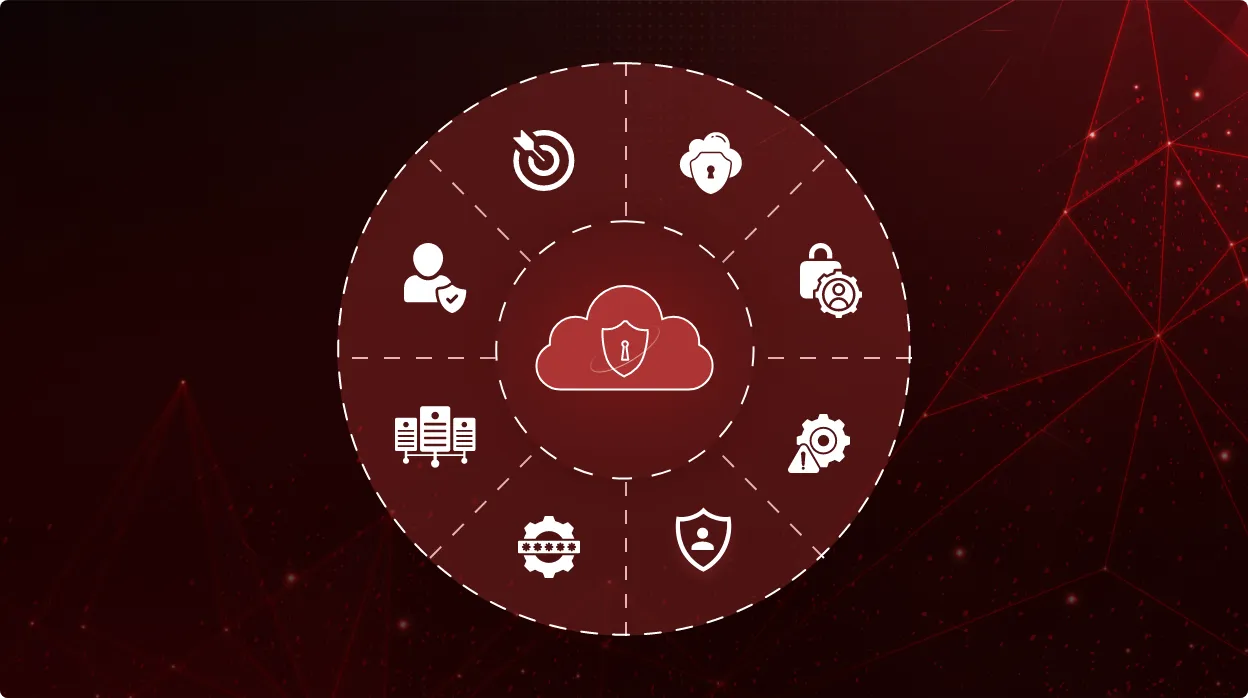6 Cloud and SaaS Security Missteps That Can Leave Grocery Shelves Empty

In recent months, thousands of shoppers across Minnesota encountered an all-too-familiar pandemic-era sight: empty grocery shelves and pharmacy counters that had unexpectedly gone dark. But this time, the disruption wasn’t caused by supply chain bottlenecks or panic buying. Instead, it stemmed from a cyberattack on United Natural Foods Inc. (UNFI)—a major food distributor and owner of Cub Foods.
Following the breach, UNFI took key systems offline, leaving several Cub pharmacies unable to fill prescriptions and delaying deliveries to co-op stores like Wedge Community Co-ops. In a similar incident, another food industry giant, Ahold Delhaize, revealed that a cyberattack had exposed sensitive personal information belonging to over 2.2 million people and caused operational slowdowns across its US grocery chains.
These incidents highlight a growing, often overlooked threat: simple cloud and SaaS security missteps that result in massive operational consequences. From inventory management to pharmacy services and logistics coordination, the modern grocery chain runs on cloud-based infrastructure. And when the digital core cracks, the physical shelves empty.
Here are six of the most critical, but commonly neglected, cloud and SaaS security pitfalls that can bring grocery operations to a halt.
1. Misconfigured Identity & Access Controls
Access control missteps, like assigning broad administrative privileges, neglecting role-based access, or failing to rotate service account credentials, remain one of the top causes of cloud breaches.
In the case of UNFI, the breach triggered system shutdowns that immediately disrupted pharmacy operations. While the company hasn’t disclosed the initial attack vector, overly permissive access policies often enable attackers to escalate privileges rapidly once inside.
For organizations managing a sprawling network of SaaS apps, least-privilege access must be a baseline, not an afterthought. Regular access audits and automated privilege reviews are essential to limiting the blast radius of a breach.
2. Missing or Misapplied Multi-Factor Authentication
Despite years of best-practice advocacy, multi-factor authentication (MFA) is still inconsistently applied—especially across third-party SaaS platforms and legacy user accounts. This oversight leaves critical systems exposed to credential-based attacks.
When Ahold Delhaize was forced to shut down portions of its IT infrastructure during its breach response, the disruption affected more than 2,000 stores, interrupting credit card processing, online orders, and pharmacy access. While full details remain undisclosed, a lack of enforced MFA is a recurring factor in ransomware attacks and unauthorized access incidents across the retail sector.
MFA isn’t just a checkbox. It’s a layered defense that must be enforced, monitored, and reviewed across every connected app, identity provider, and third-party integration.
3. Untracked Third-Party SaaS Integrations
Grocery chains increasingly rely on third-party cloud apps to manage logistics, cold-chain monitoring, e-commerce platforms, and supplier coordination. However, many of these integrations are poorly inventoried and inadequately secured.
UNFI’s breach didn’t just affect its own properties. It cascaded down to independent stores like Wedge Community Co-ops, which reported inventory shortages due to supplier disruptions. When attackers compromise a central hub, every dependent spoke suffers.
Unmonitored OAuth tokens, unused but connected third-party apps, and weak vendor access controls all introduce invisible risk.
4. Poor Visibility Into Data Sharing and External Access
SaaS platforms like Google Workspace, Microsoft 365, and others have made document collaboration frictionless but also dangerously easy to overshare. Files containing sensitive employee, customer, or supplier data are frequently shared with external partners, left exposed to public access, or synced to unmanaged personal accounts.
Ahold Delhaize’s breach affected over 2.2 million individuals, with stolen data including government-issued IDs, health information, and banking details. While the source of the leak isn’t confirmed, poor data governance in SaaS environments is a well-documented risk vector.
Security teams need continuous visibility into where sensitive data is stored, how it’s shared, and who has access to it across every SaaS platform.
5. Inactive or Dormant Accounts With Privileged Access
Retail environments rely on seasonal workers, contractors, and rotating vendor teams—many of whom receive temporary access to critical systems. Unfortunately, that access often persists long after the relationship ends.
In a network as vast as Ahold Delhaize’s—spanning over 7,900 stores—it’s easy for dormant accounts to be overlooked. But these accounts frequently retain elevated privileges, making them prime targets for attackers who seek a quiet foothold.
6. Lack of SaaS Misconfiguration Monitoring & Alerting
Misconfigurations are the Achilles’ heel of SaaS security – easy to make, hard to spot, and often invisible until a breach occurs. Whether it’s a disabled audit log, an unencrypted storage bucket, or a non-compliant password policy, these flaws accumulate across environments.
Both UNFI and Ahold Delhaize were caught off guard by attacks that forced large-scale system shutdowns. A proactive misconfiguration detection program could have flagged early indicators and reduced downtime.
Yet most grocery chains lack the internal tools to continuously monitor their SaaS posture across hundreds of apps and integrations.
Conclusion
In the grocery industry, cybersecurity isn’t just about securing systems—it’s about safeguarding access to food, medicine, and everyday essentials. As grocery operations become increasingly digital—spanning inventory management, logistics, pharmacy systems, and point-of-sale platforms—cloud and SaaS security has become mission-critical.
Recent cyberattacks on UNFI and Ahold Delhaize prove that even a small oversight—like an untracked application or an orphaned admin account—can lead to widespread outages and supply disruptions that affect millions of people.
That’s why proactive SaaS and cloud posture management is no longer a nice-to-have—it’s essential.
CheckRed gives you the visibility to uncover blind spots, the intelligence to prioritize what matters, and the tools to act—before disruptions hit your stores.
Take a demo today to see CheckRed in action.


